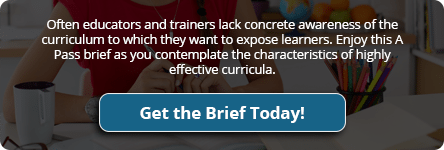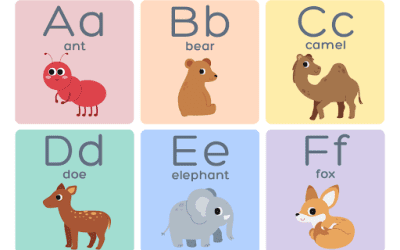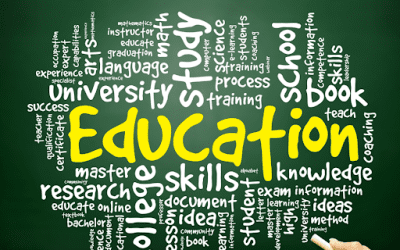
How can we help teachers excite students? For that matter, how can we help teachers get excited? One way is through the use of supplemental materials that help students learn textbook information in different ways. If we rely on textbooks to help teachers teach, we limit their ability to teach the students. Textbooks give information, but they do not give students a means of moving that information off of the page and into real life. Materials and activities that ask the student to move beyond the textbook help them learn (Reddy, 2013). The added materials offer instructors useful resources and activities to help design lessons that will engage students.
Activities used with textbooks help students practice what they are learning. While some supplemental materials help students work with the content, others offer instructors activities that can increase interest and learning. Some examples of helpful materials include worksheets, group discussion prompts, and hands-on activities. These materials help reach more students and are written with different learning styles in mind (Reddy, 2013).
Supplemental materials such as lesson plans, student worksheets, and instructor guides can help teachers provide students with stronger learning experiences. The activities and guides give the teacher new ways of applying the content of the course in the classroom. Teachers can rely on the lesson plans and instructor guides to help them develop lessons that keep students listening and learning. The materials provide suggestions and resources for the lessons. As a result, teachers can concentrate on teaching without the problem of creating everything from scratch.
Supplemental materials help teachers produce learners who are able to go beyond the textbook into real life (Thakur, 2015). They add to the information in the textbook and carefully follow the content. These materials give teachers new ideas that are researched to be sure they do what they need to do.

Often, the supplemental materials show teachers new and different ways to teach. This creates more interest from both the teacher and the students. These materials and activities help keep teaching fresh. Imagine having students observe and think about what they see in a restaurant as opposed to reading a textbook passage. This exercise challenges students to connect the textbook material directly to something in their daily lives. Learning can be challenging, but it does not have to be boring for the teacher or student. Supplemental materials give teachers that extra level of resources and support to make the lessons fun and helpful at the same time.
Sources:
Reddy, R. S. (2013). Supplementary materials to enhance language skills of learners. International Journal of Social Science and Interdisciplinary Research, 2, 143-150. Retrieved from: http://www.indianresearchjournals.com/pdf/IJSSIR/2013/September/16.pdf
Thakur, V. S. (2015). Using supplementary materials in the teaching of English: Pedagogic scope and applications. English Language Teaching, 8, 1-6. Retrieved from: https://files.eric.ed.gov/fulltext/EJ1084305.pdf





